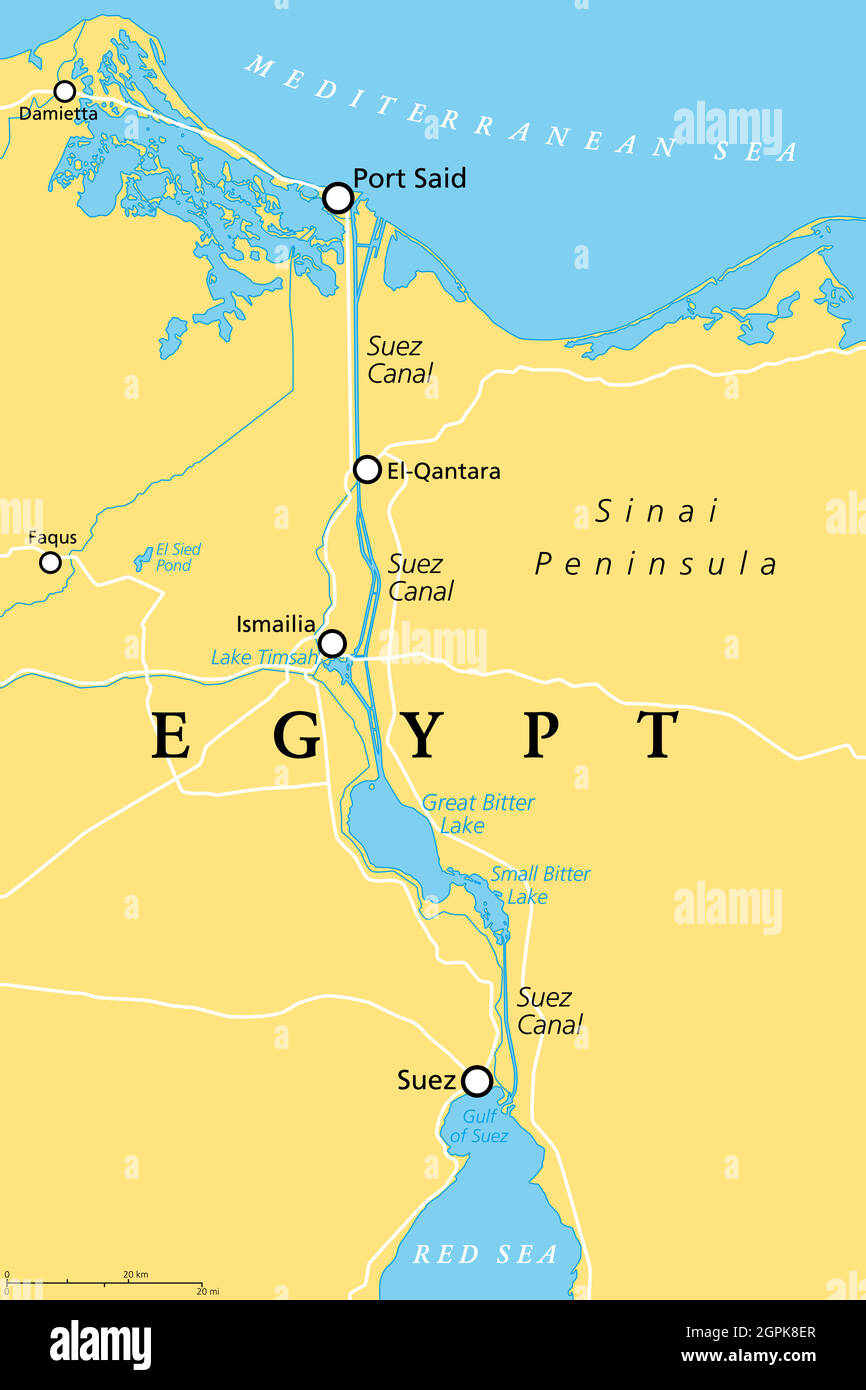Free Courses Sale ends Soon, Get It Now


Free Courses Sale ends Soon, Get It Now



Disclaimer: Copyright infringement not intended.
Context
Details
Incident Details:
Response and Towing:
Vessel Information:
Previous Incidents in the Suez Canal:
About Suez Canal
Historical Significance:
Geographic and Technical Details:
Role in Global Trade:
Economic Importance:
Challenges and Disruptions:
Continuous maintenance, infrastructure development, and effective management are essential to ensure the smooth and efficient operation of the Suez Canal.
|
PRACTICE QUESTION Q. Which countries border the Suez Canal? (A) Egypt, Saudi Arabia, Jordan (B) Egypt, Sudan, Yemen (C) Egypt, Israel, Cyprus (D) Egypt, Saudi Arabia, Jordan, Israel Answer: A) Egypt, Saudi Arabia, Jordan |
https://www.moneycontrol.com/news/world/oil-tanker-breaks-down-in-egypts-suez-canal-disrupting-traffic-in-the-global-waterway-10739511.html
© 2024 iasgyan. All right reserved